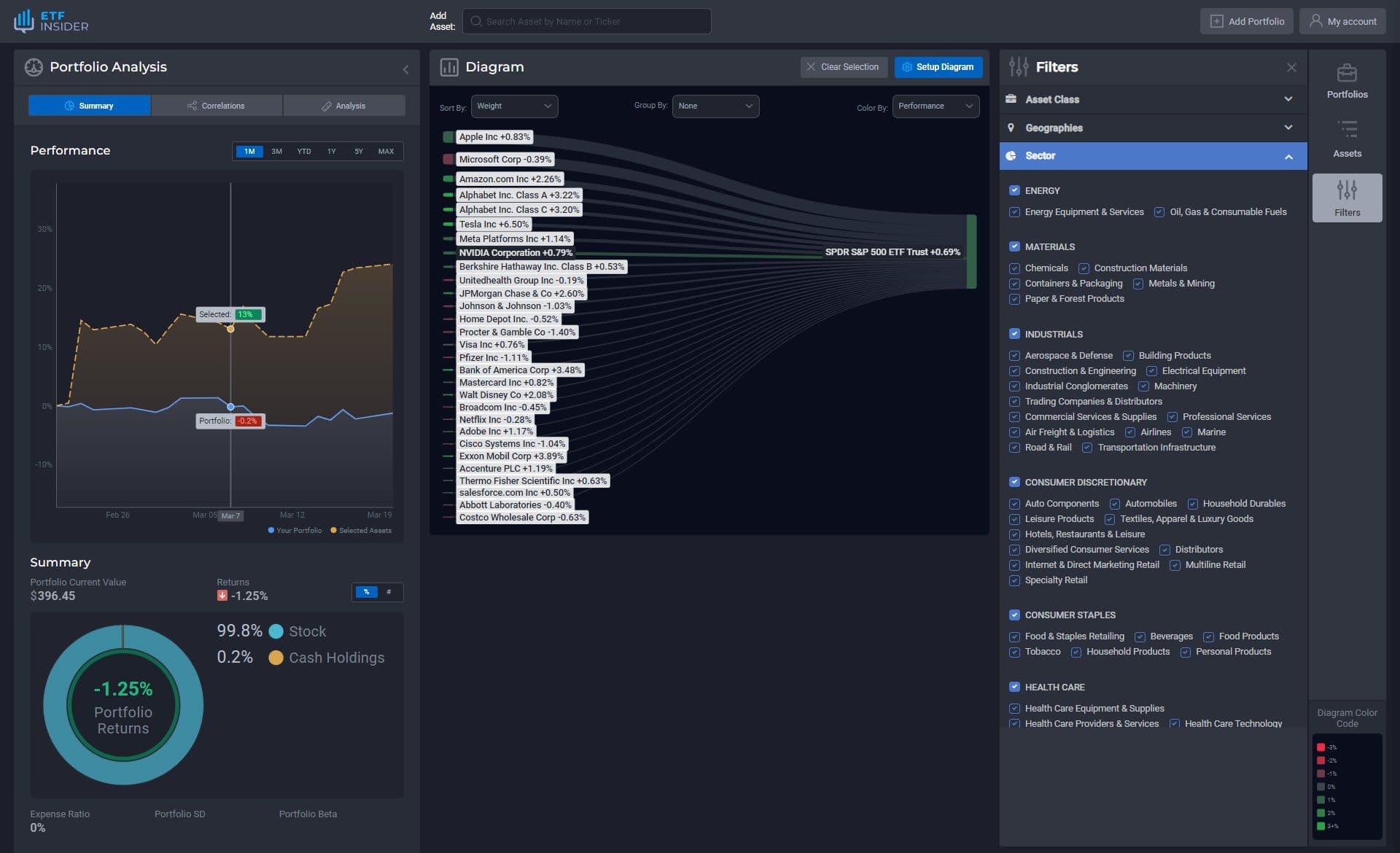
Managing Concentration Risk to Improve Portfolio Performance
Concentration risk, also known as unsystematic risk, is the risk that arises from having a large portion of your portfolio invested in a particular asset class or industry. While it may seem advantageous to have a concentrated position in a high-performing stock, this strategy can lead to significant losses if the investment underperforms or the industry experiences a downturn.
In an effort to diversify their portfolios, many investors have turned to mutual funds and ETFs, which spread out investments across a variety of stocks and industries. Although this strategy can be beneficial, it may not ensure adequate diversification and can still leave the portfolio vulnerable to concentration risk. To effectively manage this risk, it becomes necessary for investors to understand the root causes and consider various techniques for mitigating it.
Factors Contributing to Concentration Risk
Management of concentration risk begins with an understanding of the factors that contribute to it. Concentration often results from a number of factors, including:
Correlated Asset Concentration
Assets that belong to the same industry or geographic region tend to have a high correlation and can move together in response to changing market conditions. This can lead to a concentration of investments within a certain sector or region, leaving the portfolio vulnerable to downturns in that particular area. For example, a portfolio that is heavily invested in the technology sector may experience significant losses if there is a recession in the industry.
Concentration due to Failure to Rebalance
The performance of an investor's assets may change over time, resulting in a shift in the allocation of their portfolio. Without periodic rebalancing, this can lead to an unintentional concentration in a particular asset class or industry. For instance, a stock that has experienced significant growth may come to make up a large portion of the portfolio, potentially increasing the risk of losses if it underperforms.
Concentration due to Bias Towards Familiarity
Many investors may gravitate towards familiar companies or industries, leading to a concentration in these areas. However, familiarity with a certain stock or industry does not necessarily guarantee successful performance. Familiarity bias can lead to overconfidence and the neglect of inherent risks, potentially resulting in significant losses for the portfolio.
Concentration from Illiquid Investments
Investments in illiquid assets, such as real estate or privately held companies, can make up a large portion of the portfolio due to their high initial cost. While these assets may offer the potential for high returns, they can also come with a higher level of risk and may be difficult to sell in the event of a downturn.
Company Stock Concentration
The underlying bias that employees often adopt towards the company they work for can lead to a heavy concentration of their investment portfolio in their employer’s stock. Even if they do have a diverse portfolio, a large portion of their assets may still be tied to the performance of their company’s stock. Employees with investments in blue-chip companies may not see this as a significant concern, but for those with more volatile employers, particularly start-up companies, this can lead to significant losses.
Strategies for Mitigating Concentration Risk
There are various techniques that investors can use to manage concentration risk in their portfolios:
Create a Rebalancing Schedule
Periodically rebalancing the portfolio can help ensure that it remains aligned with the investor's overall investment strategy and risk tolerance. This can also help mitigate the impact of any unintentional concentration that may occur as a result of changes in asset performance.
Diversify Across Major Asset Classes
Investing in a range of different asset classes, such as stocks, bonds, and real estate can help spread out the portfolio's risk. Within each asset class, it is also important to diversify and invest in a variety of securities, rather than concentrating on a small number of individual stocks or bonds.
Assess your Portfolio's Current Overlap
To identify and manage any potential concentration in the portfolio, it can be helpful to periodically review the holdings and assess their overlap. This can be done by analyzing the industries and regions in which the portfolio is concentrated, as well as assessing any overlapping individual securities or mutual funds. ETF Insider's cutting-edge portfolio analysis software allows for a comprehensive review of an investor's holdings, including an analysis of concentration and overlap.
Evaluate the Liquidity of your Investments
Illiquid assets such as real estate or private company stock can make up a significant portion of the portfolio due to their high initial cost, but they may also present challenges in terms of liquidity. Investors should regularly review the liquidity of their portfolios and consider any potential impact on the overall diversification and risk profiles. If a large portion of the portfolio is tied up in illiquid assets, it may be necessary to adjust the overall allocation to maintain a suitable level of liquidity.
Leveraging ETF Insider to Help Manage Concentration Risk
ETF Insider's state-of-the-art software provides investors with the resources to manage and monitor their portfolios, including analyzing concentration risk and evaluating correlations within holdings. Calculating portfolio overlap and the associated risks is often a manual and cumbersome process, but ETF Insider's software simplifies this process and allows for a more efficient approach to portfolio management. By staying vigilant and actively managing concentration risk, investors can improve their overall portfolio performance and keep their investments aligned with their goals and risk tolerance.